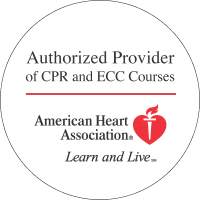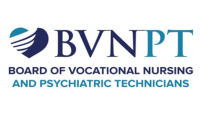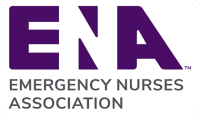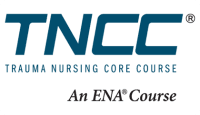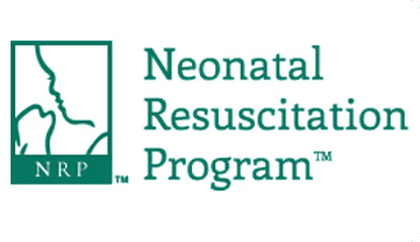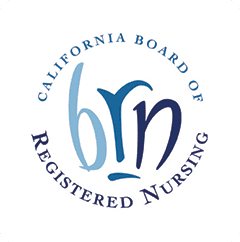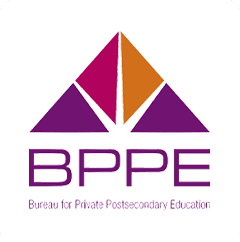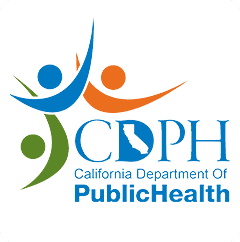As a health care practitioner, your goal is to grow constantly in your field and to stay abreast of all the changes that are a usual part of medicine. Research and technology play integral parts in these changes. Plus, you must always be prepared to help any patient in an emergency. Your certifications and regular renewal of them are keys to helping you be the best you can be in your field.
If you’re a neonatal or pediatric nurse, the Neonatal Resuscitation Program is an obvious step for the growth of your career and practice and for increased confidence in working with this population. However, this certification isn’t as well known as BLS, ACLS and PALS courses are, and you may not have heard much about it.
What Is NRP?
NRP stands for the Neonatal Resuscitation Program, and it’s a short course designed and favored by the American Academy of Pediatrics. Because it’s produced by such a prestigious organization, you can rest assured that it provides high-quality material backed by science and current research. The American Heart Association works alongside the AAP in this course to provide complete resuscitation information for the newborn population.
What Do You Learn During Your NRP Certification Course?
During your NRP course, you’ll study from the Textbook of Neonatal Resuscitation, which is jointly produced by the American Academy of Pediatrics and the American Heart Association. Much of the 11 lessons in the textbook can be done on your own. Once you have studied up on these life-giving facts, you’ll be ready for your skills assessment.
Your first lessons deal with newborn resuscitation and basic newborn care immediately following delivery. The book also looks at special airways and ventilation sources. Final chapters explore chest compressions and life-saving medications for newborns as well as post-resuscitation care. Finally, you’ll learn about caring for preterm infants and how to react to end-of-life needs and ethical concerns.
Before heading to your final skills examination, you’ll be able to practice new skills under an instructor’s guidance at a Performance Skills Station. Once you feel confident, you’ll head to the Integrated Skills Station where you’ll be given an evaluation to see if you can successfully use your newfound NRP resuscitation skills in a time-sensitive scenario.
Who Should Consider NRP Certification?
The NRP certification course is designed for anyone who takes care of neonates, particularly those who have just been born. Nurses and doctors most frequently take this course. However, because much of the course discusses respiratory concerns, such as asphyxia, the NRP course is well-suited for respiratory therapists as well. Although you may not have been familiar with this program, around 4 million people have been certified to date and approximately 200,000 more people take the program each year.
Whether you work in the delivery room or in the neonatal nursery, the NRP course will provide you with invaluable information that will make your practice safer and more evidence-driven. While the primary goal is to reduce respiratory complications in newborns, NRP certification can also help a hospital as a whole. For example, having a certain number of providers with this certification can help an institution keep its accredited status.
Although PALS is certainly an important class as well, don’t overlook the importance of the NRP certification if you work with newborns. Techniques learned in PALS may not cross over completely to the delivery room, and your learning from the NRP course can help you save the littlest lives in the most time-sensitive cases.
Project Heartbeat provides NRP certification courses in our Oakland and Sacramento campuses. Visit the NRP Certification page to get more information about how our classrooms work, as well as to choose your campus, or contact us to discuss your needs.


